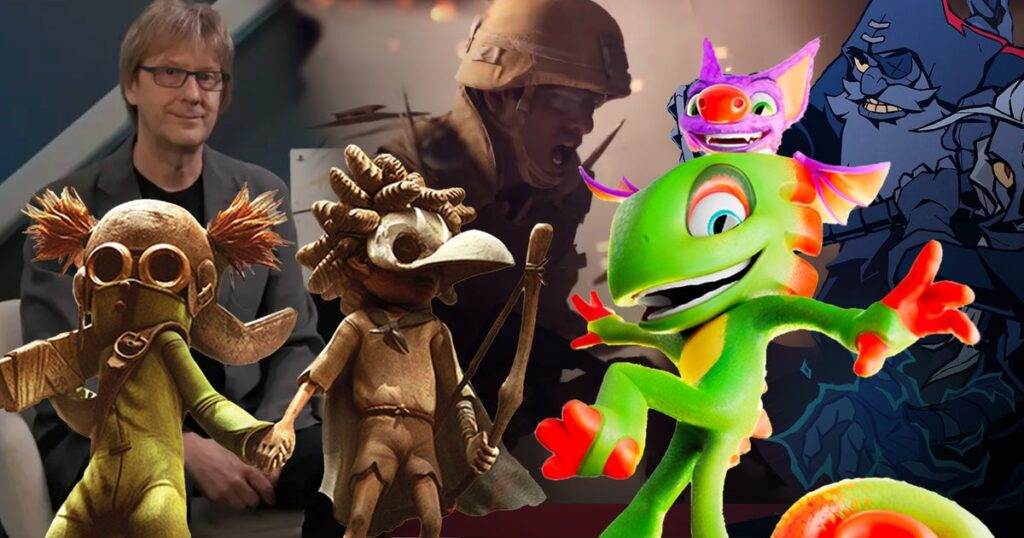Well that was certainly a week! As we might have mentioned previously – and hopefully it’s not too gauche to say it again – we’re pretty proud of our recently renewed focus on original reporting and features at Eurogamer, and it’s getting to the point where we’re struggling to give everything time to shine.
So rather than watch sadly as it all tumbles prematurely away to some shadowy region of internet neglect, we figured there might be interest in a weekly digest that you, fine readers of vivacious spirit and meticulous taste, can casually peruse in your weekend leisure suits over a delicious morning biscuit (figroll, obviously) and a piping hot cup of tea. So here we are; amid lingering questions around recent console price hikes and whispers of the new tech for PS6, here are some of the highlights you might have missed over this past week on Eurogamer.
The Big Question – After the Xbox Game Pass price hike, is it time to cancel and start buying games again?
Eurogamer editor-in-chief Tom Orry started the week with another Big Question; in the wake of massive price hikes across various Xbox Game Pass tiers, Tom pondered whether the service still offered enough value to warrant the additional spend. He had his own thoughts of course, and – in the communal Big Question spirit – you lot did too.
“Netflix Premium, the most expensive tier offered by any streaming TV/Film streaming service, is £18.99 a month,” Tom wrote. “Game Pass Ultimate is more expensive. PlayStation Plus Premium, the high-end option for PlayStation users, is £13.49 a month or £120 a year, which is a lot cheaper than Game Pass Ultimate. So, then you must look at the value, which is almost impossible to say anything definitive on as everyone is different – where I might see a smart addition to the service, others will see a way to charge more for something they don’t want.”
A love letter to Dead Rising 2: Case Zero, one of the best demos of all time (even if it isn’t really a demo)
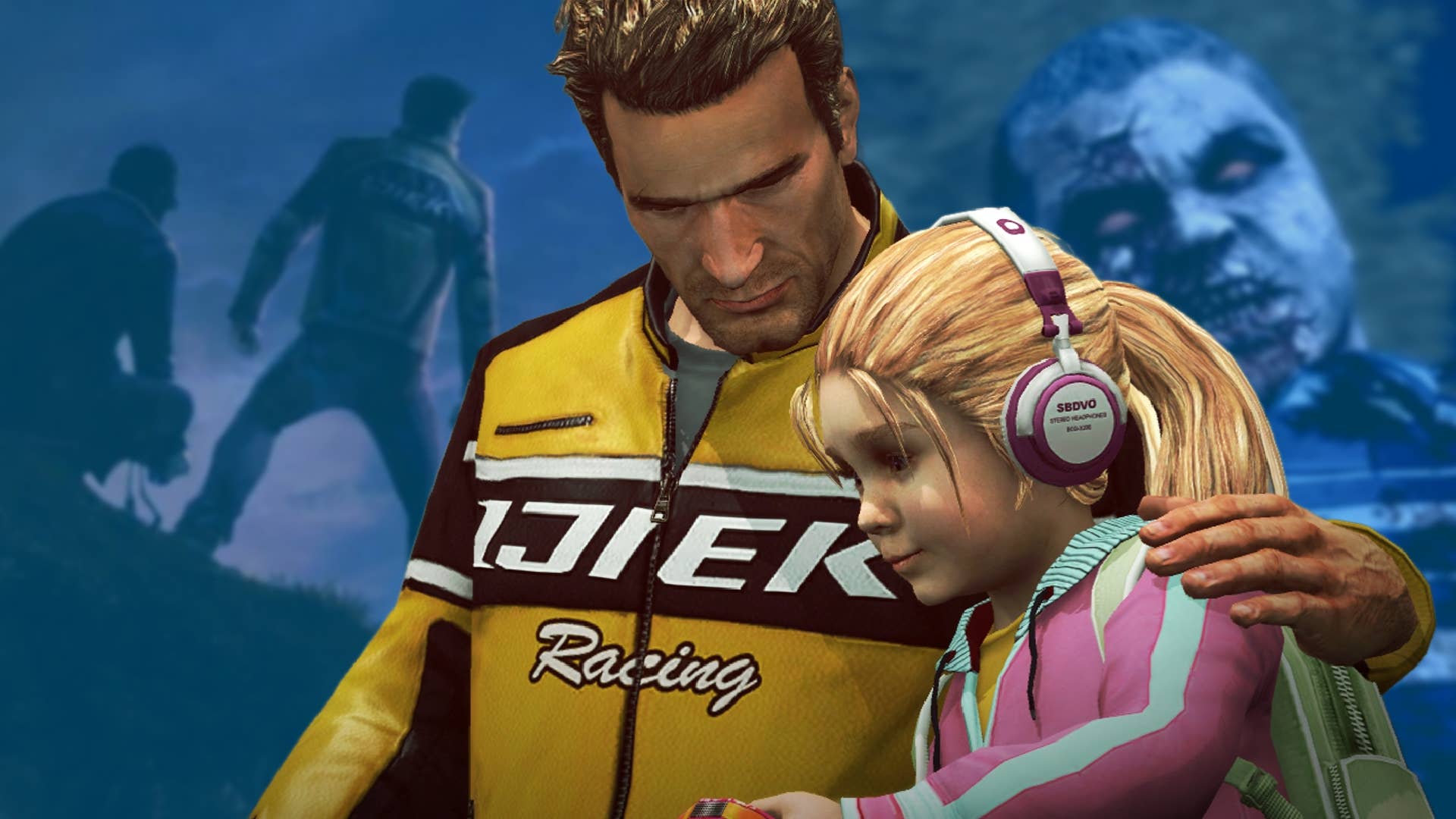
Over in Eurogamer editor-at-large Alex Donaldson’s palatial retro corner (apparently it even has its own bar), thoughts turned to Capcom’s winningly daft horror series Dead Rising 2, which recently celebrated its 15 anniversary. Specifically, Alex cast an eye toward its fascinating – and Xbox 360 Live Arcade exclusive – Case Zero chapter, a strange hybrid of a demo, prologue, and stand-alone game. And so a fond trip into a somewhat forgotten past ensued.
“You can view this game one of two ways,” Alex wrote. “Uncharitably, it is a demo that Capcom made the decision to charge a fiver for. Through a more friendly lens, it’s a brilliant-value stand-alone experience. It tells an original story separate to the main game, making use of mechanics, systems, and weapons from the main game but across a new area with a new storyline that tees up the characters, relationships, and world of the main game. For fans of the original Dead Rising, it was the perfect primer, detailing how both the Dead Rising universe and game itself were changing in a post-Frank world.”
“The role of the console is shifting” – are rising prices the end for games consoles as we know them?
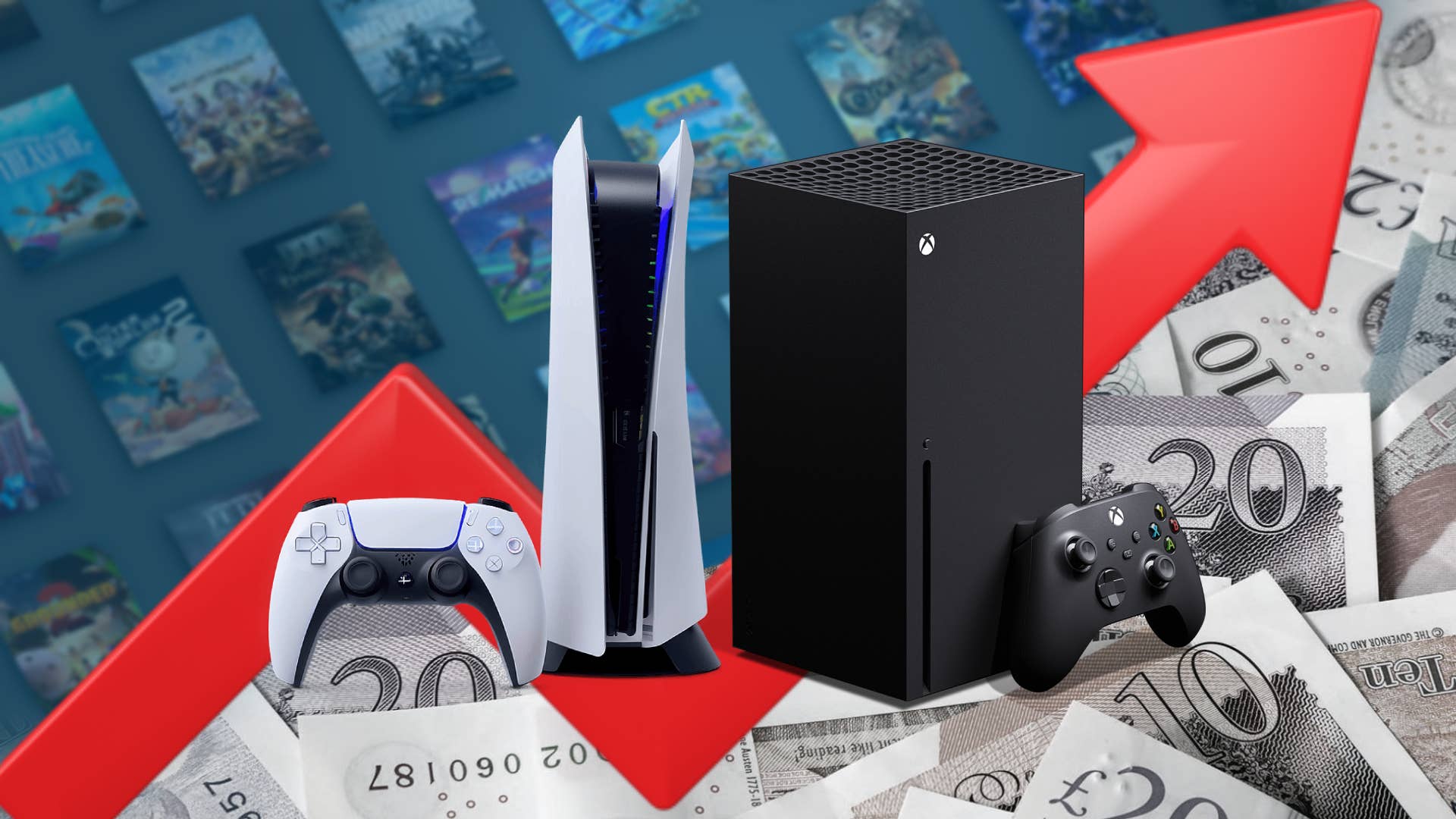
For decades, the accepted wisdom has been that console prices fall across their lifetime, but this generation has bucked the trend – it now costs significantly more to buy a PlayStation 5 or Xbox Series X/S than it did at launch five years ago. This week, Eurogamer’s Robert Purchese dug deeper into the issue, asking industry experts what’s changed and what it might mean for the future of console gaming.
“Console sales are falling,” Bertie wrote. “Sales of this generation of Xboxes and PlayStations are lagging behind previous generations, and in the US, console sales are dangerously close to the lowest years we’ve had in recent memory… And obviously unattractive price increases will only speed that rate of decline. Whether or not Switch 2‘s success will offset some of that is sort of beside the point, because the bigger, more worrying point is this: consoles are a mature market – they’re not a growing one.”
For Blizzard, World of Warcraft neighbourhoods, Azeroth NIMBYs, and curtain-twitching drama is all part of the plan
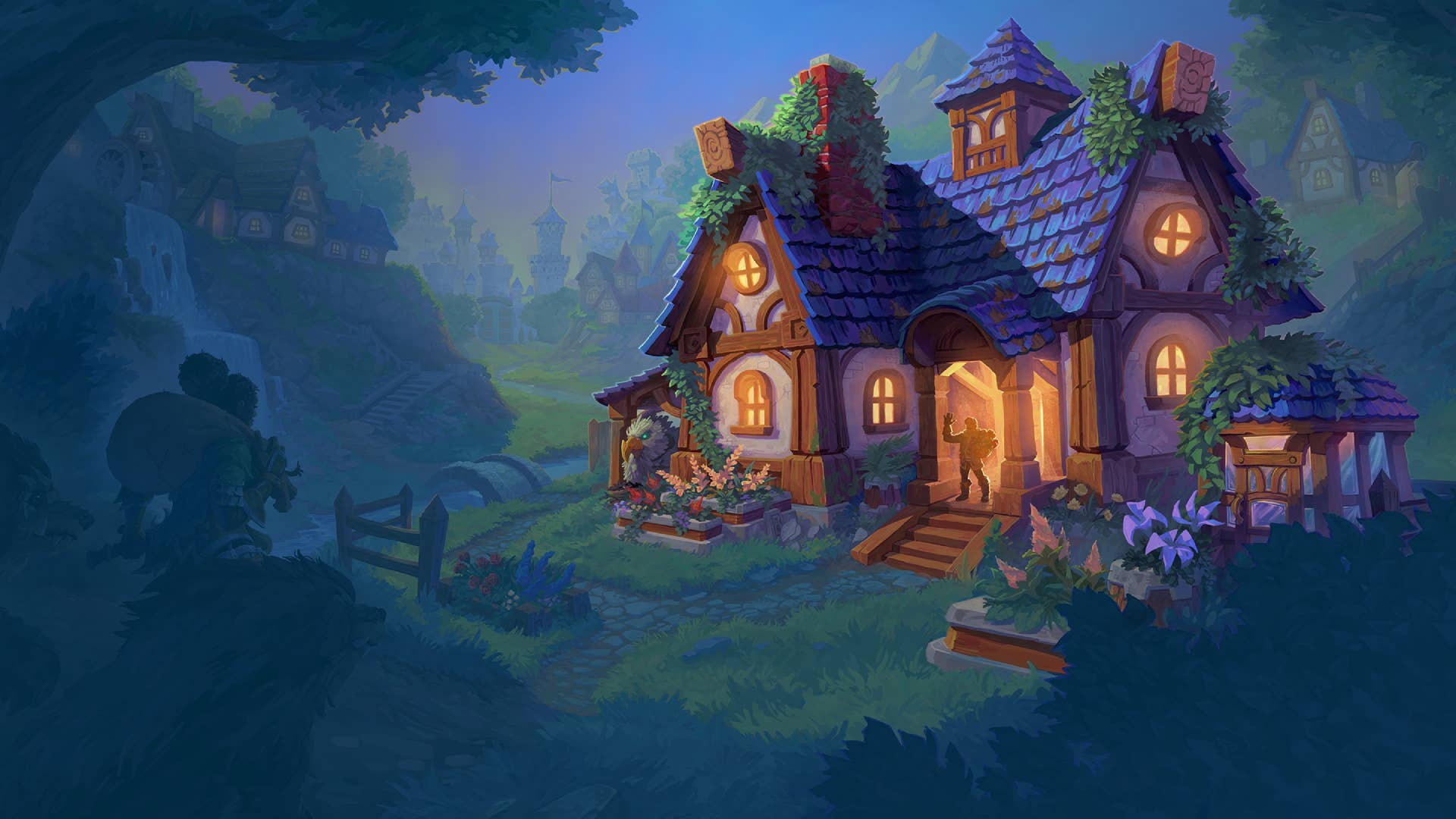
After two decades out in the cold, World of Warcraft adventurers can soon snuggle up in the warmth of their own homes thanks to the imminent arrival of player housing. It’s a big moment for the long running MMORPG, and Eurogamer’s Connor Makar this week probed developer Blizzard about the new feature, its neighbourhood focus, and the (potentially disastrous?) “sociological experiment” of letting a bunch of highly passionate players live together as one.
“If you’ve played World of Warcraft at any point during its modern era,” Connor wrote, “you’ll know it’s not the social experience it once was. Better raiding, new lands, vast new adventures, yes, but it’s also a game that has become less collaborative. Many players are an island, separated from their peers… You can’t close Pandora’s box, of course, the days of summon stones and server-wide events are long gone. But through housing and neighbourhoods World of Warcraft might teach players how to be social again.”
Little Nightmares 3 review – too many familiar frustrations, but still a compelling ride
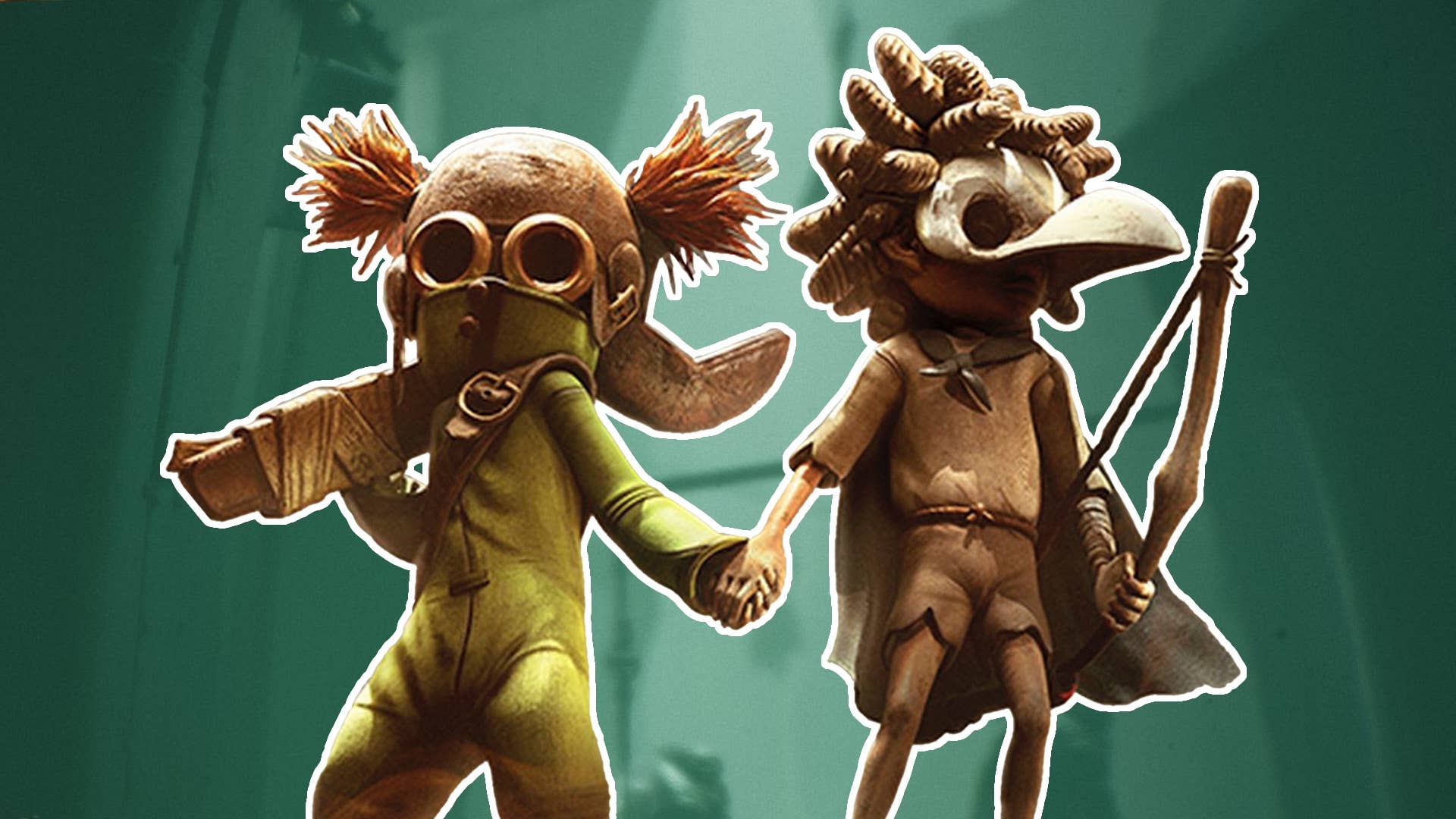
It’s been four years since original Little Nightmares developer Tarsier waved goodbye to its delightfully macabre horror series with Little Nightmares 2, but this week saw the series return under the new stewardship of Under Dawn studio Supermassive Games. So how does Little Nightmares 3 and its fresh duo of imperilled moppets fare in the hands of a new team? To answer that question, I popped on my pointy, Nome-like review hat for some closer scrutiny.
“While I absolutely spent a lot of my time being quietly irritated by Little Nightmares 3,” I wrote, “I’d be lying if I said I wasn’t thoroughly captivated too. It seeds enough intrigue throughout, with its recurring mysteries and motifs, that it maintains a compelling sense of narrative propulsion even in its weaker moments. And after a passable first half in which Supermassive mostly goes through the motions – serving up an enthusiastic, if rather wan imitation of earlier games – it finally starts to come into its own.”
Clair Obscur: Expedition 33’s director talks success, “art house” aspirations and the scope of future projects
.png?width=1920&height=1920&fit=bounds&quality=70&format=jpg&auto=webp)
Clair Obscur: Expedition 33 is perhaps the big video game success story of 2025; a wildly imaginative and widely acclaimed RPG (it’s already expected to snap up a bunch of Game of the Year awards) from first-time French studio Sandfall Interactive. “Outstanding artwork and glorious combat bring Clair Obscur: Expedition 33’s bold, painterly world to life”, is what Eurogamer’s Ed Nightingale said in his four star review earlier this year, and Ed hopped back onto the Clair Obscur love train this week when he chatted with director Guillaume Broche about its reception, its forthcoming update, and what success means for the studio’s future.
“I was saying before the game launched, we are going to find our niche and the players who love the game will really, really fucking love the game, but we are still expecting it to be a very small percentage of gamers,” Broche reminisced to Ed. “It exploded far beyond that. We are incredibly moved and grateful at how big it got and how it emotionally resonated with people.”
Battlefield 6 review – the best entry in ages, when it’s actually being Battlefield
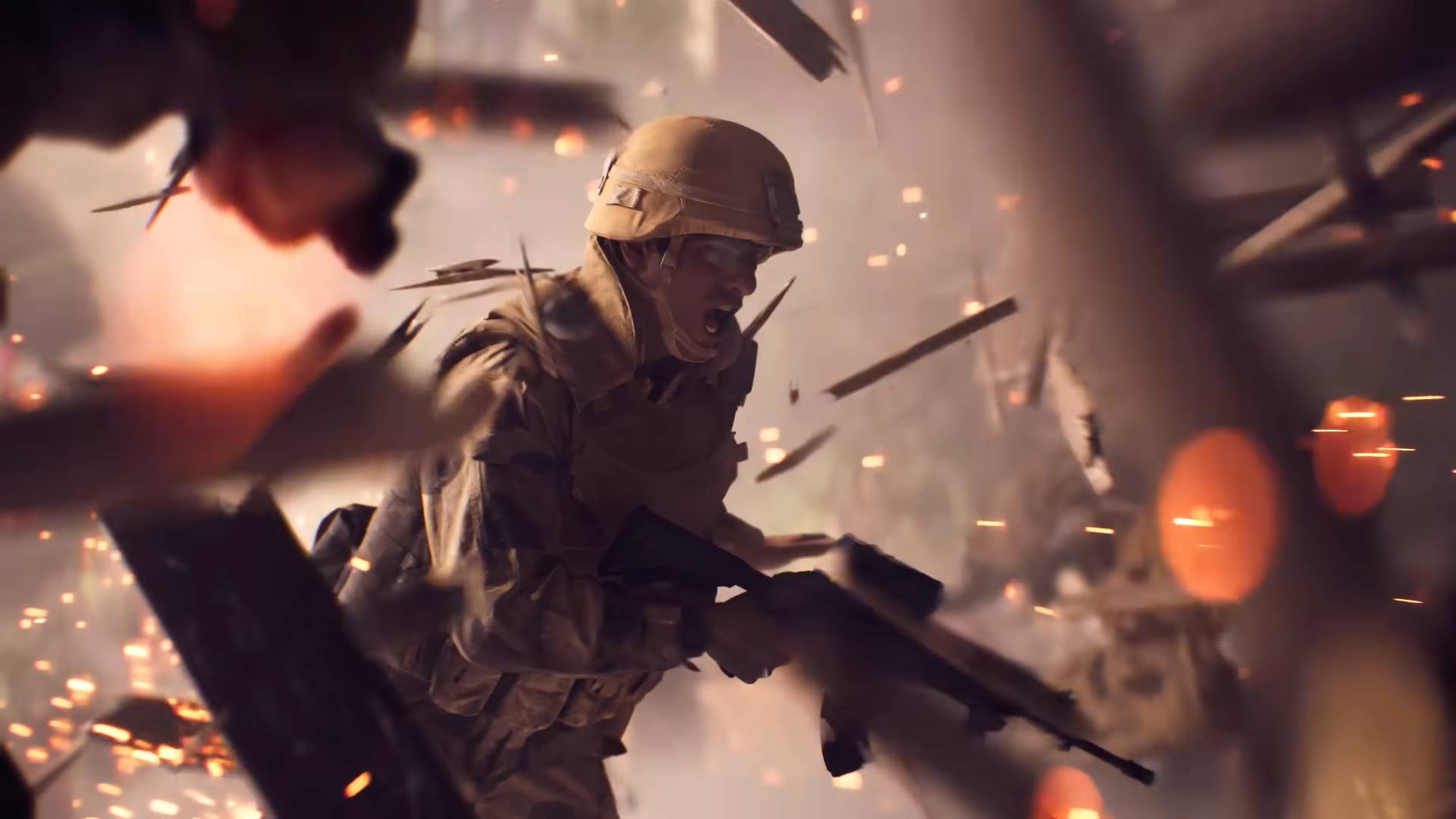
There’s a lot riding on Battlefield 6 after the disaster of Battlefield 2042, and EA has spent the last few years throwing pretty much everything it can at its development, with no less than four studios beavering away behind the scenes. Reports earlier this year suggested EA is now bullish enough that it considers 100m Battlefield 6 players a reasonable target – four times more than 2042 attracted – but is the game good enough to support that goal? Eurogamer contributor Rick Lane got stuck into the shooter earlier this week to deliver his verdict.
“When it’s firing on all cylinders, jets screaming overhead, rockets whizzing past your ear, building facades sloughing off their foundations before your eyes,” Rick wrote, “Battlefield 6 is tremendous – undoubtedly the closest EA has got to the series’ heyday in a decade. Yet hidden beneath this confident surface is a series still wrestling with its identity. There’s a nervous desire to please everyone in Battlefield 6, visible in its oddly heavy catering to small and midsize maps and modes, the weird compromise between fixed classes and free weapon selection, and the peculiar sight of camo-clad soldiers who can knee-slide into battle and perform a 180 spin at the touch of a button.”
Absolum, from the publisher of Eurogamer Essential Streets of Rage 4, is a brawler that lets you cash-out a combo – and it’s brilliant
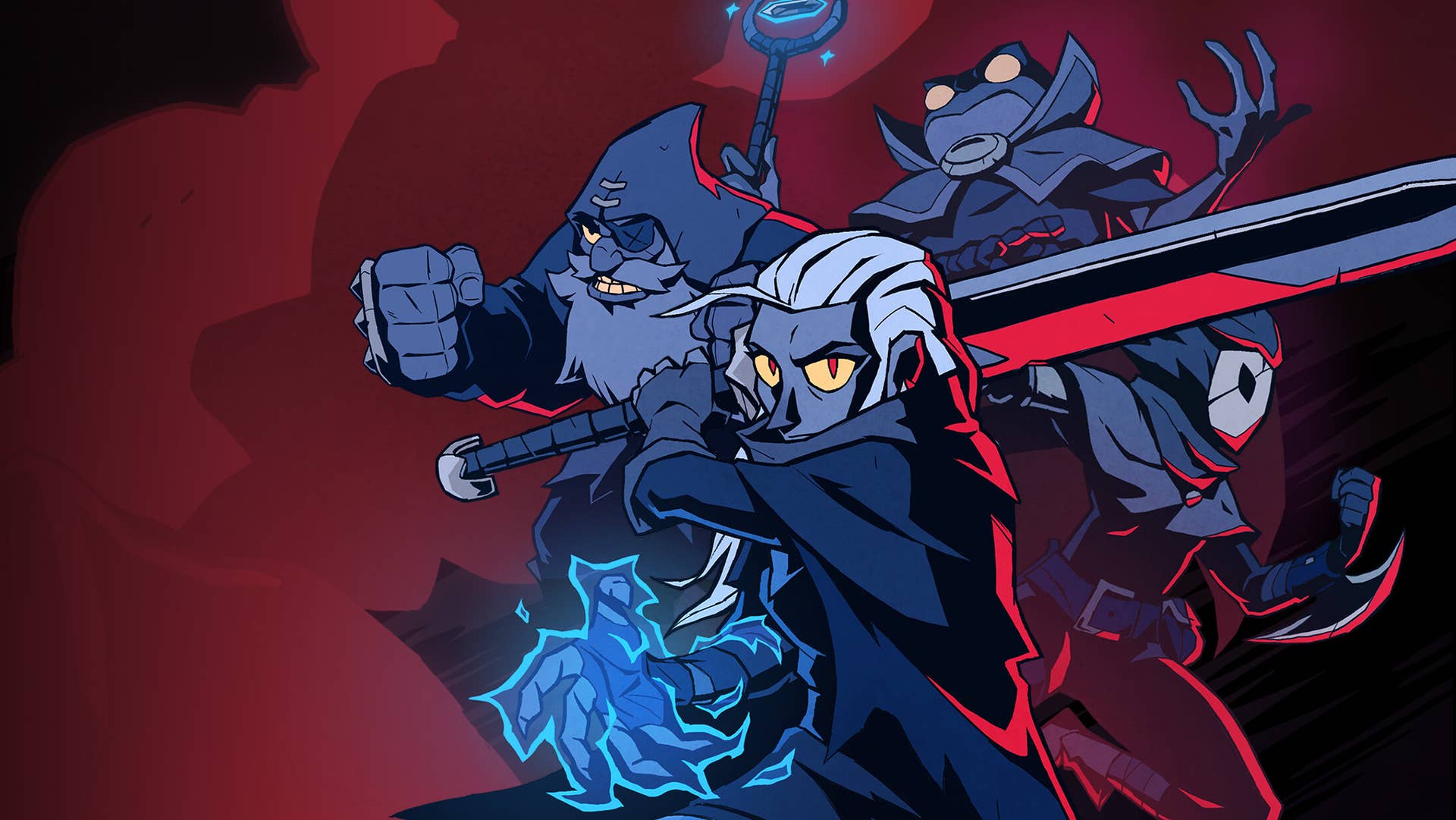
Streets of Rage 4 was an unexpected treat, arriving in a whirl of critical praise back in 2020. And co-developer Guard Crush has now returned with another side-scrolling beat’em up, Absolum – this time team featuring roguelike elements and set in a brand-new, fantasy flavoured world. Eurogamer’s Connor Makar – a literal pro when it comes to smashing video game things with his video game fists – took Abolusum for a spin this week and very much liked what he saw, urging genre fans (and the more broadly curious) not to overlook this inventive little gem amid the chaos of Hollow Knight: Silksong and Hades 2.
“There’s this fantastic mechanic in Absolum that acts as a sort of cash-out for players who manage to keep a combo going long enough,” Connor wrote. “Mashing one button will only get you so far, but by weaving together all the attacks you have at your disposal… will you get a crackling blow that deals a big blast of damage and caps off your combo. It’s electric – not only rewards you for figuring out what your character can do, it energises you to experiment and figure out fresh ways to go about beating people up. If that’s not what a new beat ’em up should be doing, I don’t know what the genre is really about.”
New PlayStation 6 tech all but confirmed by Sony and AMD – and it looks like it’ll make its way into other hardware too
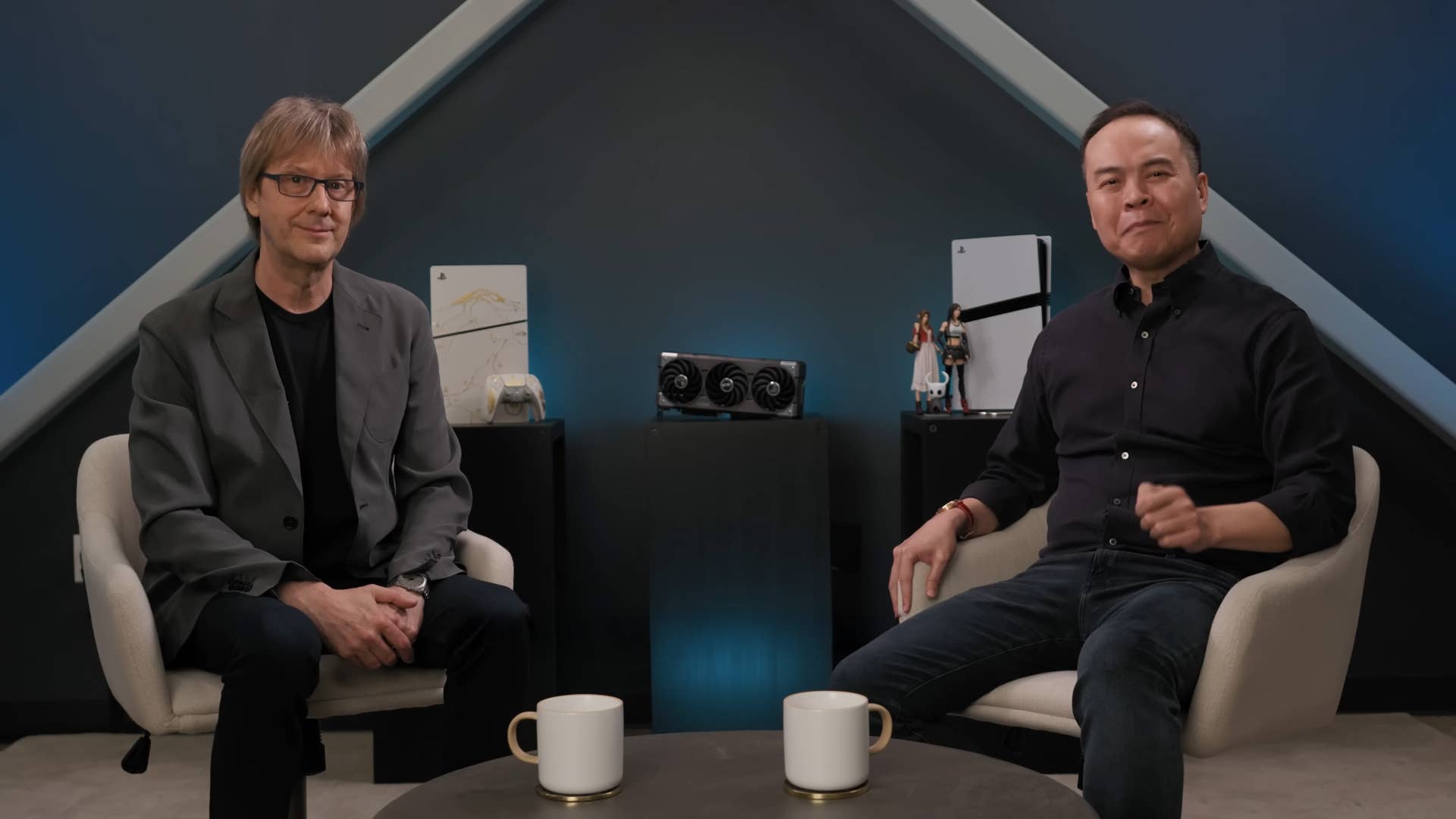
Among the week’s big news, Sony and AMD partnered up to announce three key technologies that’ll almost certainly be making their way to PS6 and future AMD graphics cards, with PS5 system architect Mark Cerny on hand to share more. In the wake of all that technical chatter, IGN deputy tech editor Will Judd combed through the big reveals for Eurogamer, breaking down what it might mean for PS6, alongside potential handhelds and other hardware too.
“It will be fascinating to see how these technologies work when they start to be realised in real hardware,” Will wrote, “and given the Project Amethyst partnership thus far, it seems reasonable to assume that the two companies will make further announcements over the next few years as the tech gets closer to completion – and when the expected PlayStation 6 is officially announced.”
Yooka-Replaylee brings big improvements to the retro throwback, but loses some of its old-school charm along the way
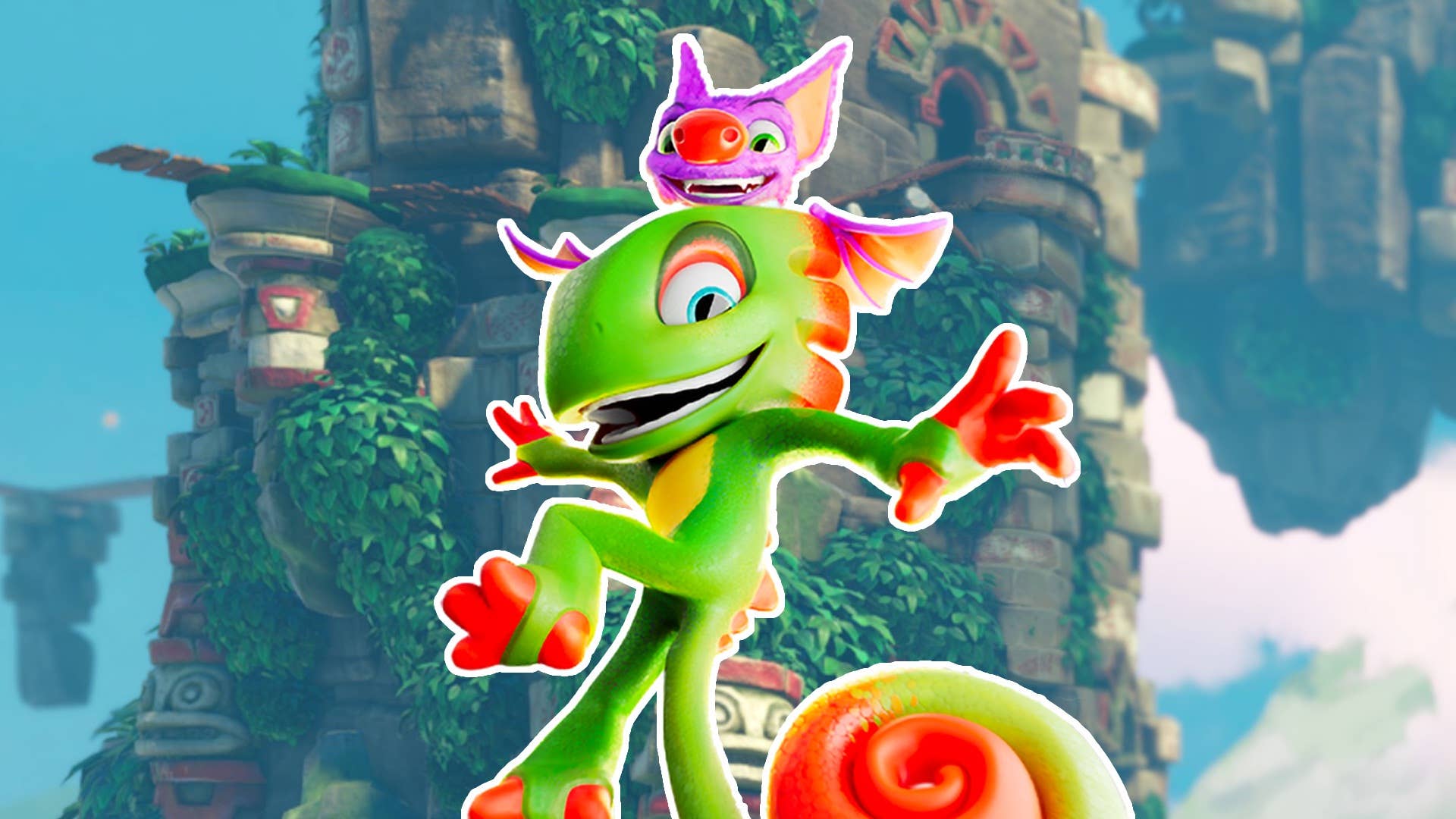
As someone who spent much of their youth mesmerised by Rare games when the studio was still owned by Nintendo, I quite enjoyed developer Playtonic’s Yooka-Laylee when it launched back in 2017, sinking happily into its nostalgic haze of whimsical collectathon action – all heavily inspired by 90s genre kings like Banjo-Kazooie and Donkey Kong 64. It did, though, have some significant issues, so I was curious to see just how far the newly released Yooka-Replaylee – a “remastered and enhanced” version of the original – would go. The short answer is it’s a big improvement, even if the modernisation does lose a bit of old-school charm. My longer answer involves approximately 1000 words if you’d like to learn more!
“There are other obvious improvements too,” I wrote. “A better camera; unlockable fast-travel points; easier access to useful information, such as the location of collectibles you’ve already found; the decision to put vendors Trowzer and Vendi at the start of each level rather than somewhere arbitrary you’ll likely have forgotten by the time you return, and probably a bunch of stuff I haven’t yet noticed too… And shorn of the original’s various niggling frictions, it’s much easier to sink into Yooka-Laylee’s engaging whimsy, and appreciate the strengths of its design.”

